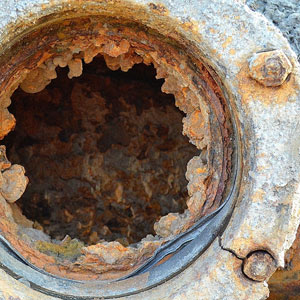Scaffolding Fundamentals: Insights for Effective Construction Practices
In the construction sector, scaffolding plays a fundamental role, acting as a temporary framework that supports personnel and materials during various tasks. From minor renovations to extensive high-rise developments, scaffolding is vital for ensuring operational safety and efficiency. This article highlights essential information about scaffolding, focusing on its types, safety practices, and the importance of nonwoven geotextile in construction.

What varieties of scaffolding are utilized in construction?
There are several types of scaffolding, including:
- Supported Scaffolding: This standard type features platforms supported by frames or poles.
- Suspended Scaffolding: Designed for taller buildings, it relies on cables from rooftops.
- Rolling Scaffolding: A mobile option that can be repositioned throughout the site.
- Specialty Scaffolding: Customized for specific construction challenges or architectural features.
What safety protocols are essential for scaffolding?
Safety must be prioritized when using scaffolding. Important safety protocols include:
- Routine Inspections: Conduct daily checks to confirm structural integrity.
- Proper Assembly: Follow assembly guidelines meticulously to avoid collapses.
- Personal Protective Equipment: Ensure workers wear helmets and secure footwear.
- Unobstructed Work Zones: Keep the area around scaffolding clear to prevent accidents.
In what ways does nonwoven geotextile complement scaffolding?
Nonwoven geotextile is commonly paired with scaffolding to enhance site conditions:
- Soil Stability: It provides stability to the ground beneath the scaffold.
- Water Management: The fabric allows water to drain while minimizing erosion risks.
- Material Separation: It helps maintain the quality of materials used around scaffolding.
What challenges may arise with scaffolding?
Common challenges include:
- Weather Variability: Unfavorable weather can endanger scaffold stability.
- Spatial Constraints: Limited space in urban areas can complicate scaffold setup.
- Compliance Issues: Adhering to local regulations can be a complex process.
Ultimately, scaffolding is an essential part of the construction landscape, ensuring safety and support for workers. By understanding various types, safety measures, and the role of nonwoven geotextile, construction teams can navigate challenges effectively and enhance project outcomes.
